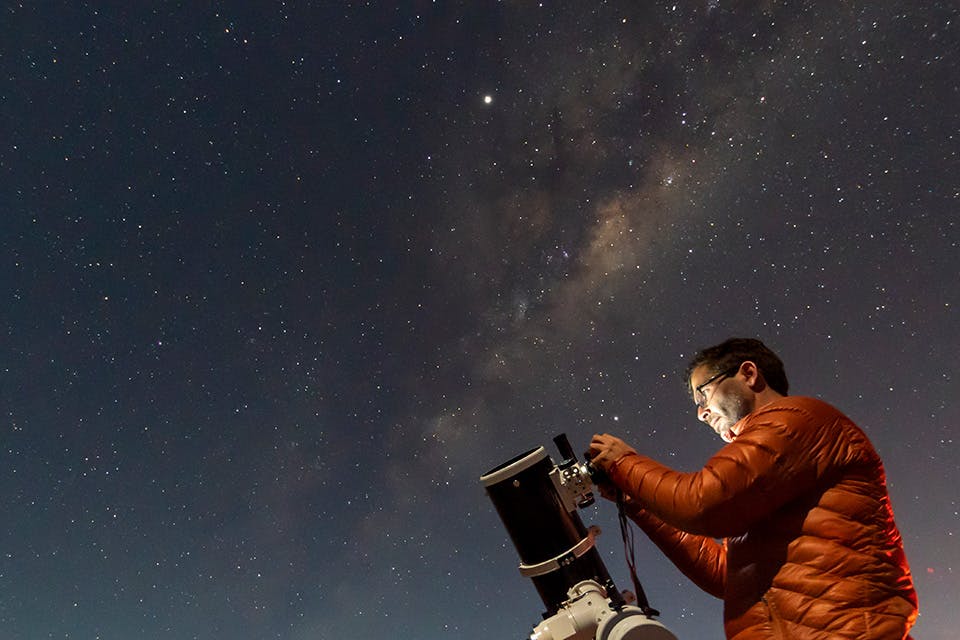Travel
4 Essential Stargazing Tools for Beginners
Taking in the night sky doesn’t have to involve an out-of-this-world investment. If you want to get into this stellar pursuit, here is what you need to get you started.
Related Articles

This Cincinnati Festival Debunks Myths About Bats
Experts from the University of Cincinnati lead the fourth annual Ohio Bat Fest on Oct. 25, raising awareness about this often-misunderstood creature. READ MORE >>

25 Great Hiking Trails to Conquer This Summer
Lace up your hiking boots and get ready to explore. Ohio’s park systems and nature preserves have a wealth of trails to seek out this summer, from the rocky cliffs of Appalachia to the serenity of the Lake Erie shore. READ MORE >>

Hike the Ledges Trail at Cuyahoga Valley National Park
This 1.8-mile loop through Ohio’s only National Park offers a moderately challenging hike along the base of these enormous rock formations. READ MORE >>



